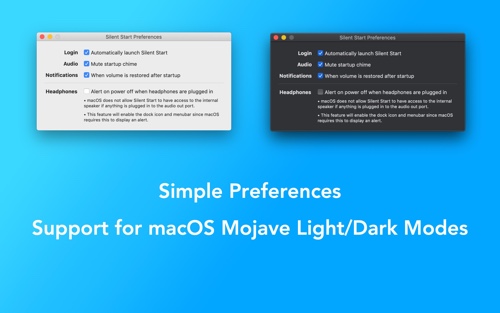

By default, most PowerShell scripts will close the PowerShell window automatically when the script is done.

Run PowerShell Scriptīut this method comes with a downside. The most convenient way is to simply right-click the file and choose Run with PowerShell. There are a couple of options to run a PowerShell script.

You should now be able to run PowerShell Scripts.
#Silent start ps script windows
Press Windows key + X (or right click on the start menu).To change the execution policy in PowerShell (and fix “Running scripts is disabled on this system) we need to start PowerShell with administrator privilege: Tip Learn more about writing your own PowerShell scripts in this complete guide Read more about the execution policy in this article. The best option is to use the RemoteSigned policy, this way you can’t run a downloaded script by accident (you will have to unblock it first). You can only run signed scripts from trusted publishersĮxecution Policies are not designed as a security model, but more to prevent the accidental execution of a PowerShell script. You can run all scripts and no warnings are displayed Requires a digital signature for downloaded scripts. For the policy we have a couple of options: Execution Policyĭefault option – does not allow to run any PowerShell scriptĬan run any script, shows warning for downloaded scripts So to run a PowerShell script, we first need to change the execution policy. This means that PowerShell scripts won’t run at all. This error is caused by the PowerShell Execution Policy.īy default, the PowerShell Execution policy is set to Restricted. We are going to start with a common error that prevents most users from running a PowerShell script, the error “Running scripts is disabled on this system”. Fix Running Scripts is Disabled on this System Also, I will help you with common errors, like “running scripts is disabled on this system”. In this article, I will explain the different options to run a PowerShell script. There are a couple of options when it comes to running PowerShell scripts, simply from the cmd, using the PowerShell ISE, or even a scheduled task. But how do you run a complete PowerShell Script? Most PowerShell commands are only a single line that you can just copy and paste into PowerShell. PowerShell scripts are a great way to automate tasks, gather information, or modify properties in bulk.


 0 kommentar(er)
0 kommentar(er)
